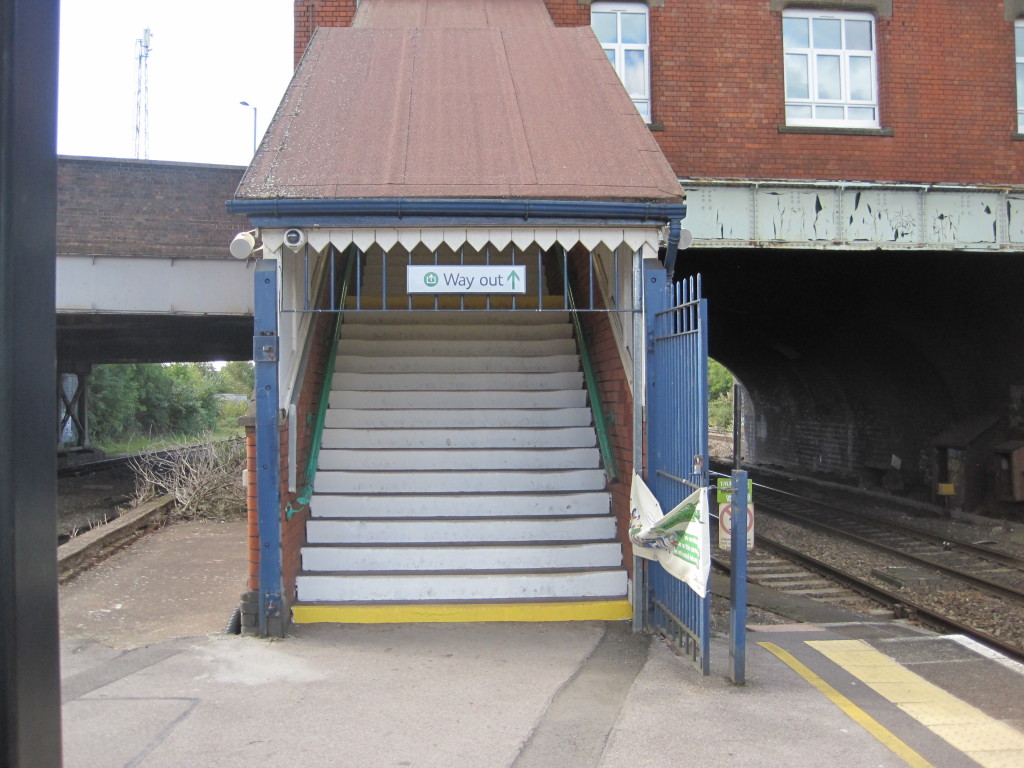New Street might be modernised but some of Birmingham’s other stations still need improvement, points out Alan Clawley.
I often take the train from Small Heath station to town. The station was built in the nineteenth century to serve the BSA factory that has long since gone, but it still has a useful purpose despite being closed on Sundays. That is unless you use a wheelchair and you have unwittingly booked to Small Heath.
I recently witnessed what happened to one traveller; the guard told a man in a wheelchair that he could not let him get off because there was no lift and no staff on hand to carry him up the 31 steps to street level. He was offered a taxi to bring him back to Small Heath from Moor Street Station but he turned it down and said he would rather get the bus back in his own time. Furthermore he knew it would have wheelchair ramps.
Despite acts of Parliament, mission statements and good intentions, wheelchair users, buggy-pushers and cyclists face access problems like this every day still. They can’t take access for granted when they go out. There are of course some shining exceptions. New Street Station is of course a model after its £750 million makeover and Acocks Green Station has recently been given a brand new lift. These improvements are welcome but they are not universal.
Simple lack of money can’t be an excuse. Huge amounts can be found when commercial interests are at stake but when only a few passengers and even fewer wheelchair users are set to benefit, orthodox economic calculations dictate limits to the expenditure of ‘limited’ resources. It simply isn’t a priority. Providing a lift where there are no shops or cafes in or near Small Heath station will not generate a return for Network Rail. This is only to be expected from a private landlord who exists to generate profits rather than provide a disinterested public service.
The message is clear. If you are a wheelchair user don’t expect to use Small Heath station. And if that isn’t discrimination I don’t know what is.
